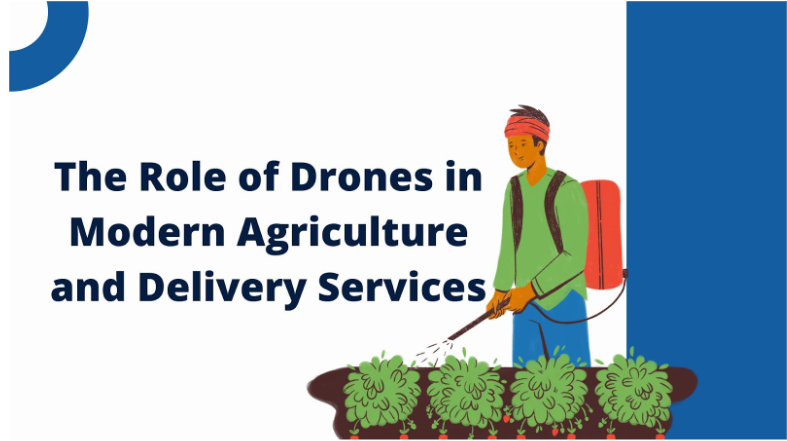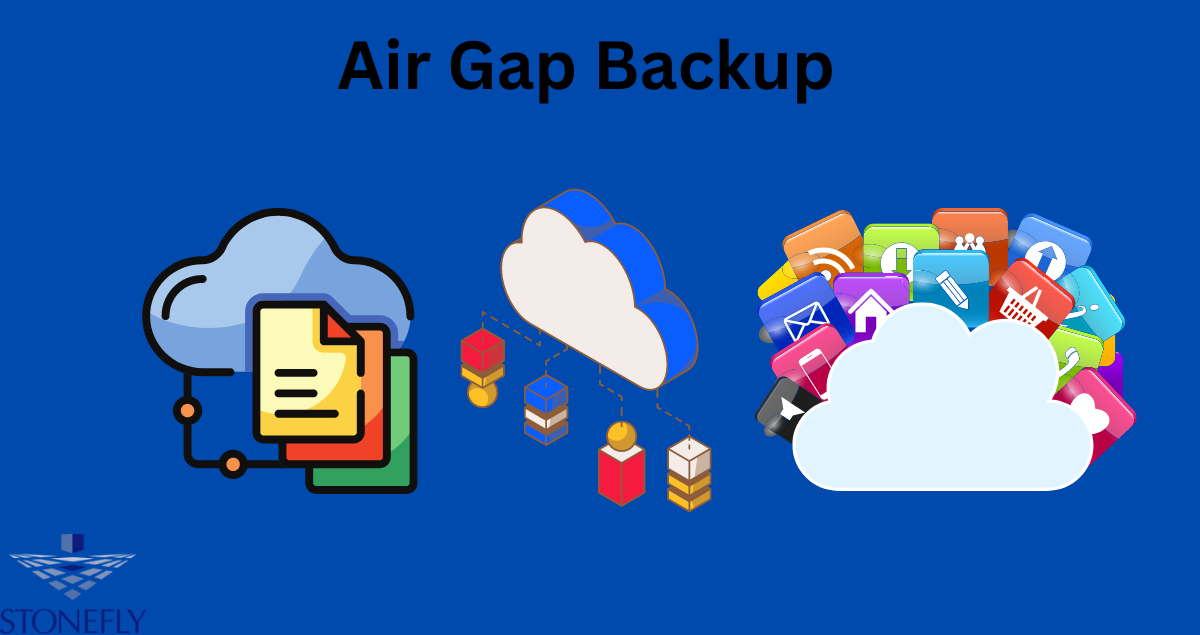Drones, also known as Unmanned Aerial Vehicles (UAVs), have transitioned from military applications to mainstream uses in civilian industries. Their unique capabilities have revolutionized various fields, especially agriculture and delivery services, making processes faster, more efficient, and highly innovative. With technological advancements and decreasing costs, drones are increasingly becoming indispensable tools for farmers, logistics companies, and businesses striving to optimize operations.
Drones in Modern Agriculture
The agricultural sector has embraced drones as a pivotal technology, addressing challenges like labor shortages, resource management, and increasing global food demand. From monitoring crops to applying fertilizers, drones have become the farmer’s eye in the sky, offering insights and performing tasks with unmatched precision.
Crop Monitoring and Health Assessment
Drones equipped with high-resolution cameras and sensors can capture detailed images of vast farmlands. These images, analyzed using software, reveal information about crop health, soil conditions, and pest infestations. Farmers can identify problem areas quickly and take corrective action, reducing crop losses and ensuring better yields.
Precision Agriculture
One of the most impactful applications of drones is in precision agriculture, which involves the targeted management of crops to maximize productivity. Drones can apply fertilizers, pesticides, and water with pinpoint accuracy, ensuring that resources are used efficiently and wastage is minimized. This targeted approach not only saves costs but also reduces environmental impact by limiting the overuse of chemicals.
Soil and Field Analysis
Before planting, drones can survey fields to analyze soil composition and terrain. This data helps farmers understand which crops are best suited for their land and determine optimal planting patterns. Post-harvest, drones can assess soil health to plan for the next planting cycle.
Livestock Monitoring
For farmers managing large herds, drones can monitor livestock movements, locate stray animals, and even assess the health of the herd. Infrared cameras can detect heat signatures, helping identify sick or injured animals early.
Disaster and Risk Management
Drones play a crucial role in assessing damage after natural disasters like floods, storms, or droughts. They provide real-time data, enabling farmers to make informed decisions about recovery efforts and insurance claims.
Benefits of Drones in Agriculture
- Increased Efficiency: Drones cover large areas quickly, reducing the time and labor required for tasks like surveying and spraying.
- Cost Savings: By optimizing resource use and reducing manual labor, drones lower operational costs.
- Improved Yields: Accurate data and targeted interventions lead to healthier crops and better harvests.
- Sustainability: Precision farming techniques minimize the environmental impact of agriculture, promoting eco-friendly practices.
Drones in Delivery Services
The logistics and delivery sector has seen transformative changes with the advent of drones. Companies like Amazon, UPS, and Zipline are leveraging drone technology to redefine the delivery experience, making it faster, more reliable, and cost-effective.
Last-Mile Delivery
One of the most significant challenges in logistics is the “last mile” of delivery—the final step of transporting goods to the customer. Drones excel in this area by bypassing traffic, delivering packages directly to doorsteps, and reaching remote locations that are difficult for traditional vehicles to access.
Medical Supply Deliveries
In healthcare, drones have proven invaluable for delivering critical medical supplies such as vaccines, blood, and medications to remote or disaster-stricken areas. Companies like Zipline have pioneered this application, saving countless lives by ensuring timely deliveries.
E-Commerce and Retail
Retail giants are using drones to enhance customer satisfaction by offering same-day or even same-hour deliveries. Lightweight packages, such as food, electronics, and apparel, are ideal candidates for drone delivery, significantly reducing delivery times.
Food Delivery
Restaurants and food delivery platforms are experimenting with drone technology to deliver meals while maintaining freshness. Drones equipped with insulated compartments ensure that food arrives hot or cold as intended, delighting customers.
Supply Chain Optimization
Drones can streamline supply chain operations by performing inventory checks in warehouses, transporting goods between facilities, and monitoring logistics hubs for efficiency.
Challenges of Drone Deliveries
Despite their potential, drones face several challenges in the delivery sector:
- Regulatory Hurdles: Strict aviation laws and airspace regulations often limit where and how drones can operate.
- Payload Limitations: Drones are typically limited to carrying lightweight packages, which restricts their application for heavy or bulky goods.
- Weather Dependency: Adverse weather conditions, such as strong winds or heavy rain, can hinder drone operations.
- Infrastructure Requirements: Drone delivery systems require infrastructure like landing pads, charging stations, and dedicated air corridors.
Technological Advancements Driving Drone Adoption
The rapid evolution of drone technology has addressed many limitations, enabling broader adoption in agriculture and delivery services.
Autonomous Navigation
Advanced GPS systems and AI-driven navigation allow drones to operate autonomously, reducing the need for human intervention. This capability is critical for scaling operations in large farms and urban delivery networks.
Enhanced Battery Life
Improved battery technology has extended the range and flight time of drones, enabling them to cover larger areas and perform more complex tasks.
Integration with IoT and Big Data
Drones integrated with the Internet of Things (IoT) and big data analytics offer enhanced capabilities. For instance, IoT sensors in fields or warehouses can communicate with drones to provide real-time data, optimizing operations.
Swarm Technology
Swarm technology allows multiple drones to work together, completing tasks faster and more efficiently. This innovation is particularly useful for large-scale agricultural operations and high-volume deliveries.
Safety and Collision Avoidance Systems
Sensors and AI algorithms enable drones to detect and avoid obstacles, ensuring safe operation in complex environments like dense urban areas or crowded farms.
The Future of Drones in Agriculture and Delivery
As drone technology continues to advance, its applications in agriculture and delivery services will expand further. In agriculture, drones will likely integrate seamlessly with other technologies, such as robotics and AI, to create fully automated farms. In delivery services, drones could become a common sight, delivering packages with unmatched speed and efficiency.
Governments and private sectors are investing heavily in drone research and infrastructure, aiming to address current limitations and unlock their full potential. The integration of 5G networks will further enhance drone capabilities, enabling real-time communication and control over vast distances.
Conclusion
Drones have emerged as transformative tools in modern agriculture and delivery services, offering solutions to longstanding challenges and opening up new possibilities. In agriculture, they enable precision farming, enhance resource management, and improve crop yields. In delivery services, they redefine logistics, making deliveries faster and more efficient.
While challenges like regulations, payload limitations, and weather dependency remain, ongoing technological advancements promise to overcome these hurdles. As drones become more accessible and reliable, they are set to play an even greater role in shaping the future of industries, contributing to a smarter, more connected world.



